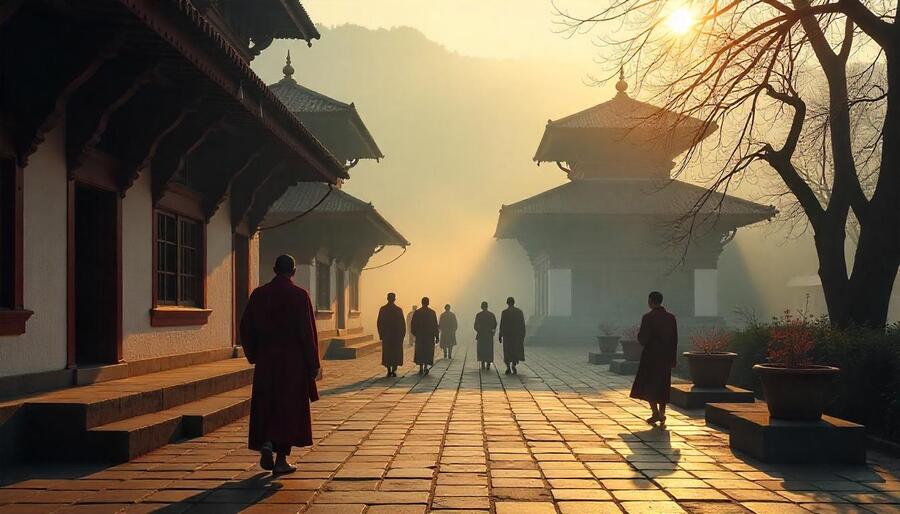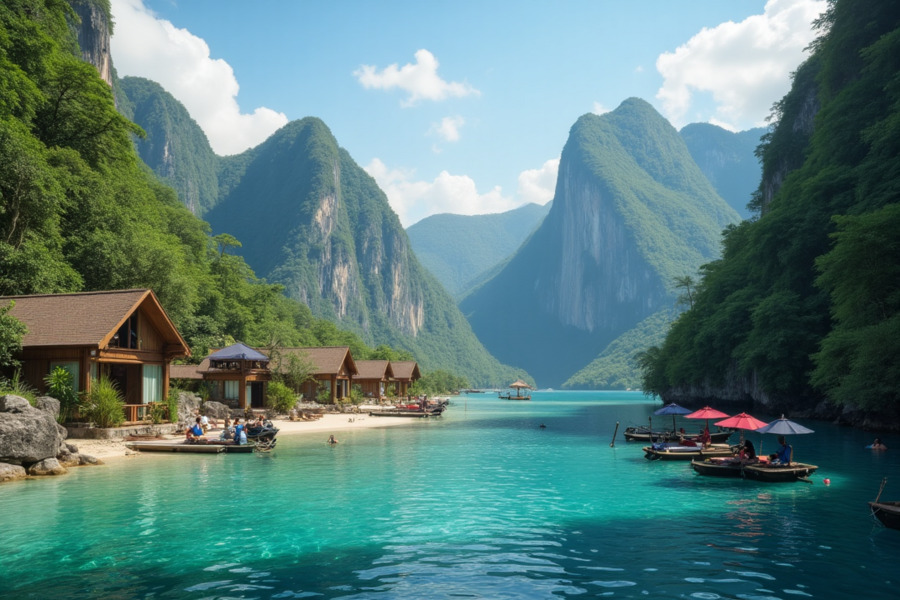≡-Soreng and Yangang Lead Sikkim’s Rural Travel Renaissance by Offering Slow Tourism Experiences Designed for Soulful Reflection, Local Immersion, and Sustainable Growth – Viral of Today
<> Viral of Today <>
Home
»
India Travel News
»
Soreng and Yangang Lead Sikkim’s Rural Travel Renaissance by Offering Slow Tourism Experiences Designed for Soulful Reflection, Local Immersion, and Sustainable Growth
Tuesday, July 15, 2025
Sikkim is turning a new page in its tourism journey by embracing the philosophy of slow tourism—an approach that invites travelers to immerse themselves in the rhythms of rural life, explore natural beauty at a relaxed pace, and develop authentic connections with local culture and communities. Departing from the hurried style of travel dominated by selfies and sightseeing, the state now aims to be recognized not just as a scenic escape, but as a sanctuary for thoughtful, meaningful travel.
This visionary step is setting Sikkim apart from mainstream destinations by focusing on longer stays, cultural interaction, and sustainability, inviting both domestic and international travelers to slow down, stay longer, and soak in the unique soul of the Himalayas.
Soreng: Sikkim’s New Flagship for Slow and Active Tourism
In western Sikkim, the recently created Soreng district is emerging as the face of this movement. Nestled amidst thick forests, misty hills, and hidden waterfalls, Soreng and its surrounding villages—Chakung, Sribadam, and Mangalbarey—offer rich biodiversity and terrain ideal for immersive nature-based travel.
Rather than the usual whirlwind tours, Soreng’s new strategy encourages walking trails, eco-hikes, spiritual retreats, and low-impact adventure. Plans are already underway to introduce recreational zones equipped for mountain biking, bouldering, and paintball, which will attract younger audiences seeking a balance between thrill and tranquillity.
What sets Soreng apart is its ability to offer a dual experience—the calm of village life alongside soft adventure in unspoiled Himalayan backdrops. This makes it the perfect base for conscious travelers, photographers, digital nomads, and even wellness seekers eager to disconnect from the rush and reconnect with nature.
Yangang: Cultural Roots and Eco-Wonders in South Sikkim
Further south in Namchi district, the town of Yangang is also being spotlighted under Sikkim’s evolving tourism vision. Known for its spiritual landscapes, including Maenam Hill and the Maenam Wildlife Sanctuary, Yangang offers deep forest experiences, meditation trails, and pristine biodiversity that encourages slow exploration.
Future plans include the addition of a ropeway and a glass skywalk, but the real emphasis remains on preserving rural serenity and promoting cultural intimacy. Visitors here are urged to embrace local hospitality, join in festivals, learn about indigenous practices, and even live with host families for an enriching village experience.
Yangang also benefits from expanding digital infrastructure, making it suitable for long-stay travelers and remote workers. This opens the door for a new generation of visitors who travel with purpose—whether for art, writing, research, or personal growth.
Beyond Gangtok: Decentralizing Sikkim’s Tourism Appeal
While Gangtok and North Sikkim continue to welcome large tourist volumes, the state is strategically channeling growth into lesser-known regions like Soreng and Yangang. This move not only reduces pressure on over-visited areas, but also spreads economic opportunities across rural communities.
Travelers are now being encouraged to experience Sikkim not in a day or two, but over a week or more, enabling them to dive deeper into Sikkimese lifestyles. From eating home-cooked meals and participating in organic farming to attending folk performances and healing rituals, every moment becomes a memory rooted in culture.
Slow Travel: A Global Trend, A Local Transformation
Sikkim’s embrace of slow tourism is not just a branding strategy—it’s a transformative response to the global shift in how people want to travel. With growing interest in sustainability, authenticity, and mental well-being, more travelers are seeking destinations where the experience matters more than the itinerary.
This movement taps into the legacy of the backpackers who once ventured into the Himalayas to find solitude and meaning. Now, the same experiences are being made accessible to families, professionals, students, and solo travelers, all looking to unplug and reconnect.
Reaching the Heart of Sikkim: Easy Access and Expanding Infrastructure
Despite their serene, secluded vibe, both Soreng and Yangang are well-connected to major transport corridors. Travelers can reach these areas via Darjeeling, Kurseong, or Bagdogra, followed by scenic road journeys that unveil layers of Himalayan beauty.
Infrastructure is steadily improving, with eco-lodges, homestays, adventure parks, and digital hubs being developed to support longer stays. Crucially, this is being done with local participation and ecological sensitivity, ensuring tourism uplifts without overwhelming.
Conclusion: From Vacation to Transformation
Sikkim’s pioneering move toward slow tourism is more than just a shift in policy—it’s an invitation to a new way of being a traveler. Whether you’re gazing over alpine forests in Soreng or sharing tea with villagers in Yangang, Sikkim offers not just sights, but soulful experiences.
This information will surprise you!
See also
- Read until the end to discover everything.
- Important information you need to know.
- Interesting facts and helpful tips.
Conclusion
Did you enjoy the news? Keep following us daily!













